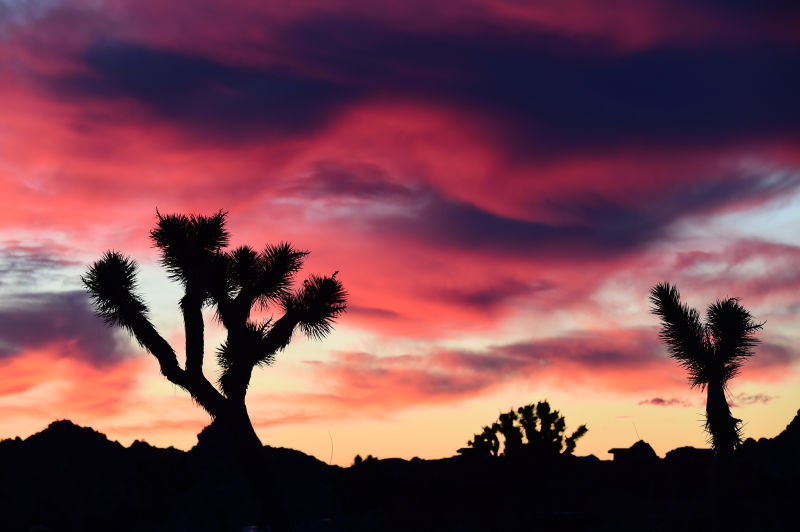President Obama is granting national monument status to nearly 1.8 million acres of scenic Southern California desert, a move the White House says will maintain forever the region's fragile ecosystem and natural resources as well as provide recreational opportunities for hikers, campers, hunters and others.
The president, in California this week for a fundraising swing, is making a formal announcement Friday.
In all, he will name three specific regions national monuments — Mojave Trails, Castle Mountains (both in the Mojave Desert) and Sand to Snow in the Sonoran Desert.
The White House says the designations will nearly double the amount of public land that Obama has designated as national monument status since taking office.
"In addition to permanently protecting incredible natural resources, wildlife habitat and unique historic and cultural sites, and providing recreational opportunities for a burgeoning region, the monuments will support climate resiliency in the region ... ," the White House said in a statement.
